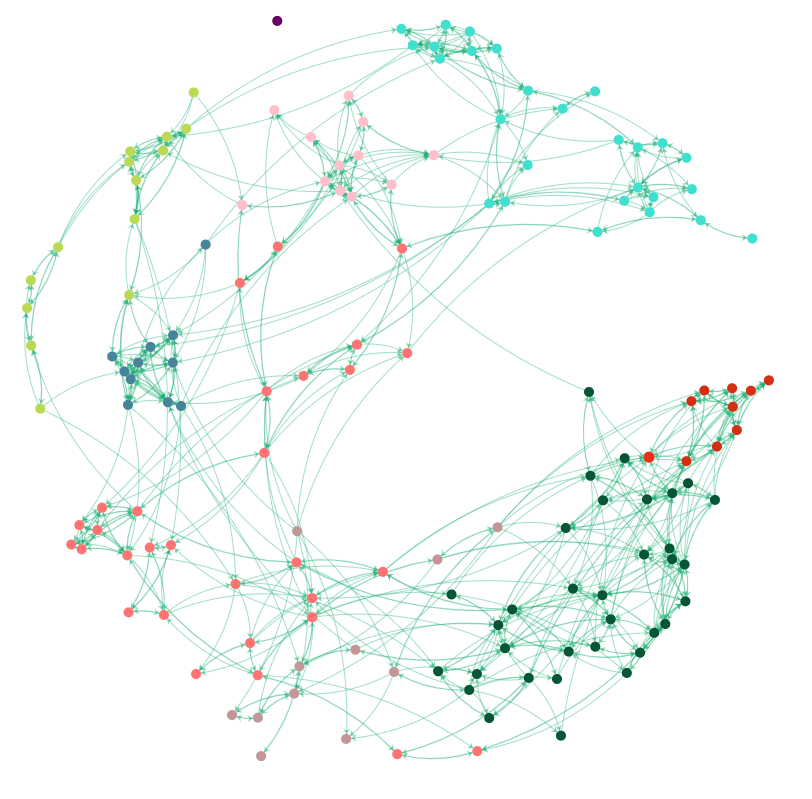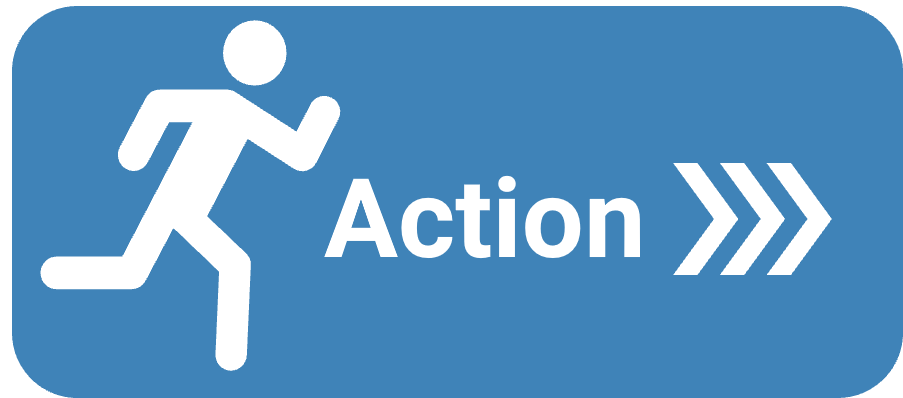Preventing Student Isolation
Identify At-Risk Students Before the Crisis Hits
Alireza Hassani
CTO
August 30, 2025 / 5 min Read

SNA Toolbox doesn’t replace caring teachers—it gives them a clearer view of what’s happening beneath the surface
Imagine walking into school each day and having no one to talk to at recess. No one to sit with at lunchtime. No one to partner with for a class project.
For some students, this isn’t just the occasional awkward day—it’s their everyday reality.
Loneliness among young Australians is at worrying levels. Research shows that over 40% of people aged 15–25 report feeling lonely, and one in seven have felt this way for at least two years. Over the past two decades, the number of young people experiencing serious loneliness has climbed sharply, from around 18% in 2001 to nearly 27% in 2020.
The Australian Institute of Health and Welfare warns that social isolation isn’t just an emotional hardship—it’s linked to anxiety, depression, poorer academic performance, and even long-term health problems. COVID writ this message large for us - mental health and social connection are strongly related.
When we talk about student wellbeing, social connection is just as important as academic support. A student can have the best teachers and resources, but without friends, they’re at risk of falling through the cracks.
Why Schools Often Miss It
Teachers are very observant by necessity, but even the most caring staff can’t see everything. Some isolated students are quiet, compliant, and appear to be “fine” in class, masking the fact that they rarely interact with peers.
Traditional approaches—waiting until problems become visible—mean the signs often appear when it’s already a crisis. At that point, loneliness may have already led to declining grades, disengagement, or mental health struggles.
'Breaking the Cycle': What Works
Preventing student isolation is about early identification and intentional connection-building. The most effective strategies schools use include:
- Peer mentoring or buddy programs — pairing new or struggling students with socially connected peers.
- Rotating group work — mixing students so they collaborate beyond their existing circles.
- Teacher check-ins — structured conversations with students who might be on the social edges.
- Encouraging club and extracurricular participation — actively inviting students to join interest-based groups.
- Tracking progress — not just starting an intervention, but monitoring if it’s working.
The challenge? You cannot support students experiencing issues that you cannot see. And social isolation is often invisible.
From Guesswork to Data: How SNA Toolbox Helps
This is where Social Network Analysis (SNA) comes in. SNA Toolbox turns simple, student-friendly surveys into clear maps of your school’s social landscape. Instead of relying solely on observation, schools get comphensive data that shows:
- Student-informed perceptions on their social connections - from the students themselves.
- Who’s connected and who’s on the edge — students with few or no friends (see the purple dot in the network diagram below, representing an isolated student).
- One-way relationships — where a student names a friend, but the friendship isn’t mutual.
- Clusters of belonging and friendship groups — detecting tight-knit peer groups, as well as students on the periphery.
- Changes over time — comparing results from baseline and follow-up surveys.

We also look at what qualities are valued in your school’s social environment. For example:
- Are students who are kind, sporty, or academically strong more likely to receive friendship nominations?
- Are there behaviours that might unintentionally reduce a student’s connections, such as frequent absences or being perceived as unkind?
We identify who tends to connect with whom — whether friendships form mainly within year levels, cultural backgrounds, or activity groups, or whether they cross those boundaries.
And because connection isn’t limited to the classroom, SNA Toolbox can map extracurricular participation. We create a network between students and activities to see:
- Which clubs, sports, or arts programs are most socially inclusive.
- Which students aren’t involved in any activities — prime opportunities for outreach.
- How joining certain activities expands a student’s friendship network.
Knowing this lets schools act strategically. Instead of generic “team building,” staff can design programs that link the right students together—bridging gaps, breaking down barriers, and fostering inclusion.
Putting Insight into Action
Armed with this data, schools can:
- Select the best peer mentors or buddies — not just the most popular students, but those whose connections span different groups, making them effective bridge-builders.
- Pair isolated students with peers who are likely to welcome and include them, based on patterns in the data.
- Encourage extracurricular participation — target invitations for students who are not currently involved, using activities known to foster cross-group friendships.
- Design group projects and activities that bring together students who might not otherwise connect.
- Support teachers with clear evidence to guide pastoral conversations and targeted interventions.
A Real Example
At one Victorian secondary school, baseline SNA in February revealed that 12% of Year 7 students had no mutual friendships. School used the insights to strategically place these students in group projects with socially connected peers, and to encourage them into inclusive extracurricular activities like a lunchtime robotics club.
The data also highlighted that students involved in sports tended to have broader friendship networks. This led staff to match isolated students with low-pressure sporting activities alongside supportive classmates.
By November, follow-up SNA data showed clear, statistically significant improvements in the cohort’s social connectivity:
- The number of isolated students dropped to zero.
- Average number of friends increased from 6.68 in February to 7.22 in November (p = 0.021).
- Average number of reciprocated friendships grew from 3.79 to 4.26 (p = 0.032).
- Overall network connectedness rose from 0.038 to 0.042.
- Clusters of tight-knit friendship groups increased from 0.325 to 0.347, meaning students were more likely to be part of well-connected peer circles.
These changes weren’t just numbers — they reflected a healthier, more connected year level, with every student having at least one mutual friendship. And importantly, the improvements were statistically significant, showing that the interventions had a measurable, real impact.
Why It Works
SNA Toolbox doesn’t replace caring teachers—it gives them a clearer view of what’s happening beneath the surface. With that view, they can:
- Act before isolation becomes entrenched.
- Match interventions to actual student needs.
- See whether changes in class groupings, buddy systems, or clubs are making a measurable difference.
- Build a stronger, more connected school culture.
Building a Connected School
Preventing isolation isn’t a one-off project. It’s a shift in how schools think about belonging.
By combining teacher insights with the right data, schools can make connection-building an ongoing, measurable part of their wellbeing strategy—ensuring every student has a place in the school community.
Take the First Step
Don’t wait for isolation to become visible. See the hidden patterns in your school, act early, and track your impact.
Look at our free demo report or request a discussion with us at SNA Toolbox today and discover how to give every student a place to belong.

Tags:
Transform Your Organisation with SNA Toolbox
Unlock insights into the key factors driving success and wellbeing in your organisation. Reach out to us at SNA Toolbox to explore how we can support and elevate your goals. Let's make an impact together!

